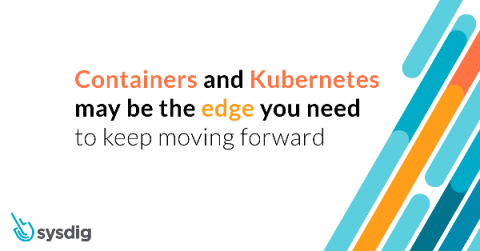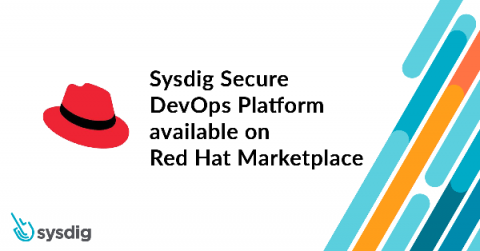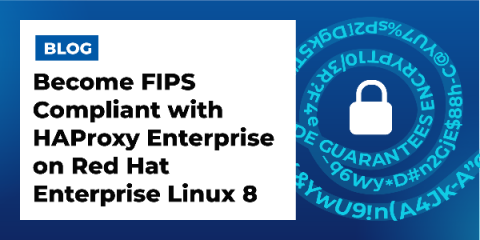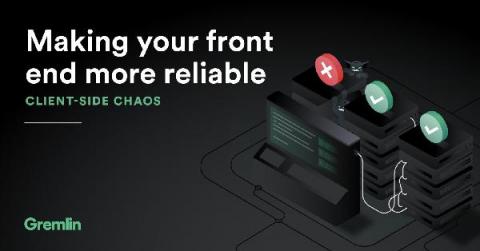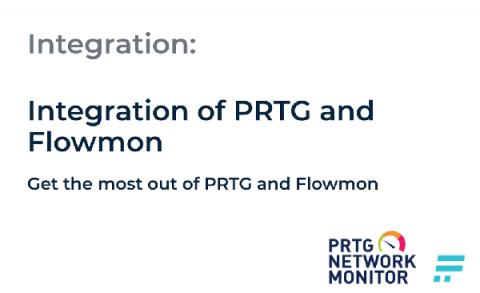Containers and Kubernetes may be the edge you need to keep moving forward
If it wasn’t clear before the global pandemic, it is now: Cloud applications can keep businesses moving forward. During this time, people have been able to shop, connect with friends and, of course, work from home.


